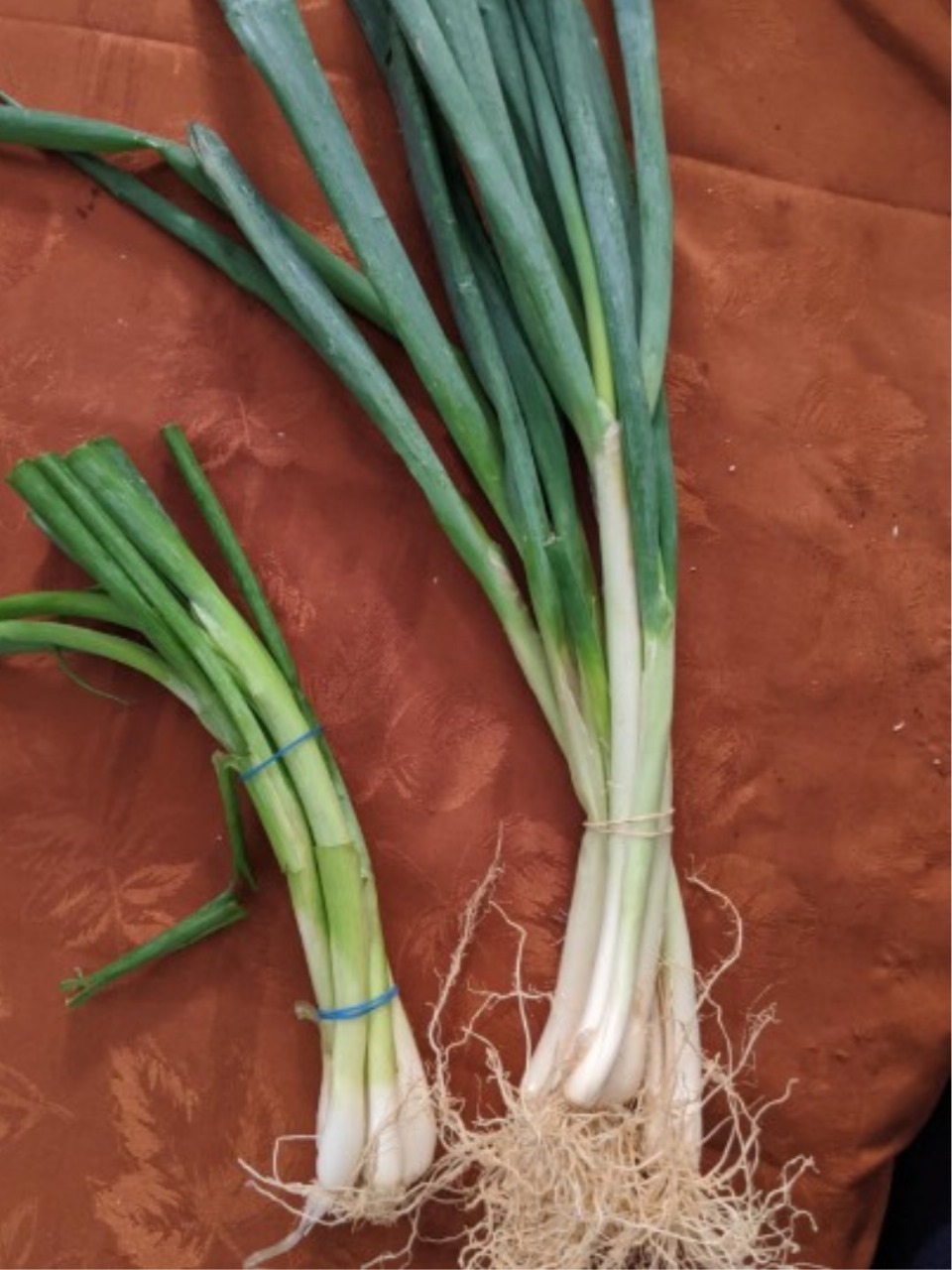If you’ve ever stood in the grocery store holding two nearly identical bunches of long, green-topped vegetables, wondering:
“Are these the same thing?”
“Can I use one for the other?”
“Why does every recipe call them something different?”
You’re not alone.
The world of mild alliums — green onions, scallions, spring onions, and chives — is full of overlap, confusion, and regional name-swapping.
But here’s the good news:
They are not all the same.
And once you understand the differences?
You’ll never accidentally ruin your stir-fry with the wrong onion again.
Let’s break down what makes each one unique — and how to use them like a pro.
1. Scallions – The Crisp, Mild Allium
Also known as: Green onions (in most U.S. markets)
Scallions are young onions , harvested before any bulb has formed.
White stem that tapers into green leaves
No noticeable bulb at the base
Mild, fresh onion flavor
Crunchy texture when raw
Best Uses:
Raw in salads and salsas
Sliced on tacos, baked potatoes, or avocado toast
Stir-fries (add at the end for freshness)
Garnish for soups and rice bowls
Tip: Use both white and green parts — the white is slightly sharper, the green is milder.
2. Green Onions – Wait… Aren’t They the Same?
Yes — and no.
In most American supermarkets , “green onions” and “scallions” refer to the exact same vegetable.
But in some regions or specialty markets, “green onions” can mean slightly more mature scallions — with a small, undeveloped bulb.
Still mild.
Still crisp.
Just a tiny bit more onion-like.
So unless specified otherwise?
Treat green onions and scallions as interchangeable .
SEE NEXT PAGE
ADVERTISEMENT

